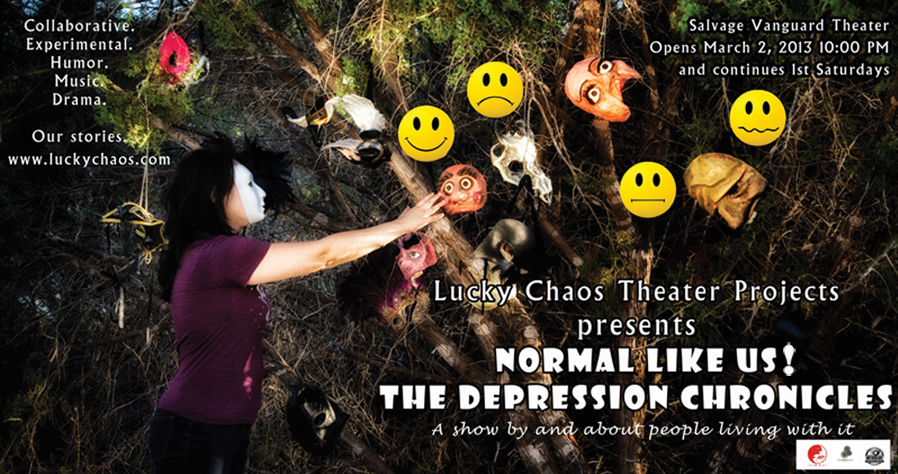Chronic anxiety is miserable. There’s the waiting: will I panic? when? will it be as bad as last time? will I be safe? can I get out? It is often co-morbid with depression: I can’t do this forever, I just want it to stop, I want to be normal, I want to stop worrying, maybe I should just drive into the ocean. It seems relentless. Years of relentless, agonising fear.
We’re chronic anxiety people. Our anxiety has been treated and it hasn’t gone away. Sometimes it bores the people around us. It definitely bores us. God, it’s boring. So we push forward in spite of our very boring fear. We climb out of bed every (OK, most) days and we exist in the world inside a fog, and some days the fog is light and it blows away for a while, and some days the fog is thick and it rolls in around us and we suffocate.
People don’t make ad campaigns for us. Our anxiety is not so easily classified. Our symptoms aren’t always identifiable. When I’m at my most anxious, I look right into the face of the man I love and I can’t remember who he is. How do you put that in a mood-lit commercial? I am insane, I am crazy, I am the only one who feels this way.
I’m not. I’m just a person with an anxiety disorder. There are millions of us, out there in the world. We carry our anxiety with us like a colostomy bag, filling it with fear, emptying it into the quiet corners where we sit and we breathe. Sometimes, we find pockets of peace.
I will die, I will die.
But not from this.
– Anna Spargo-Ryan, “I exist in a fog. Some days it blows away, but some days it’s heavy and suffocating” (h/t Marc)


